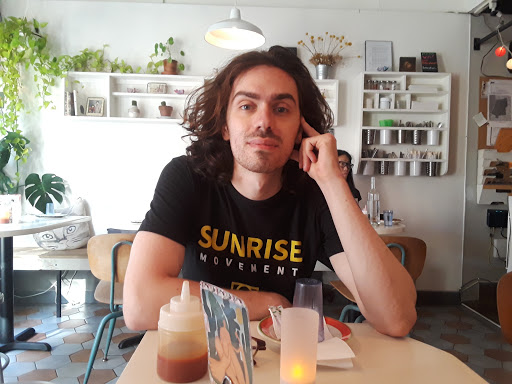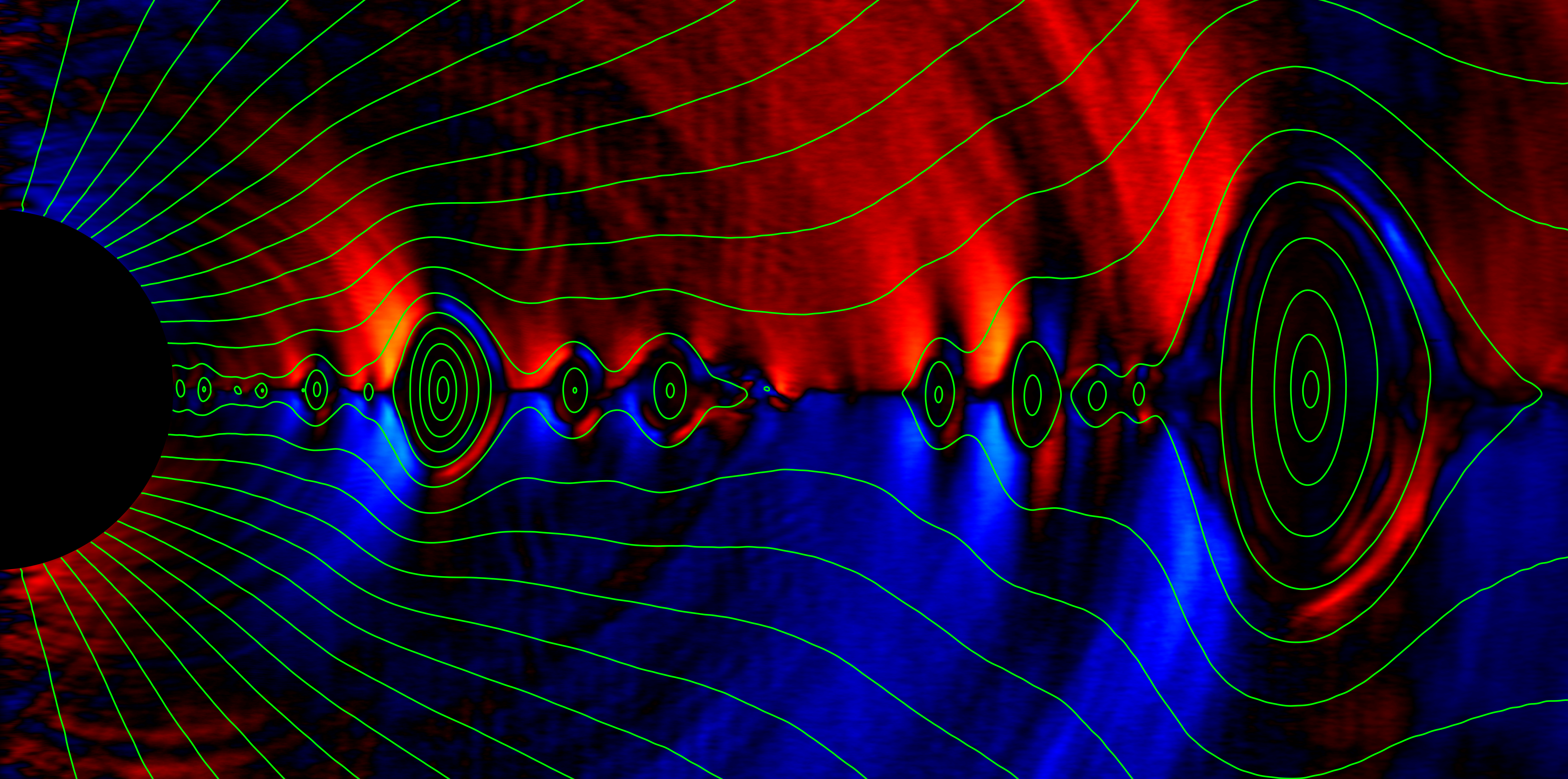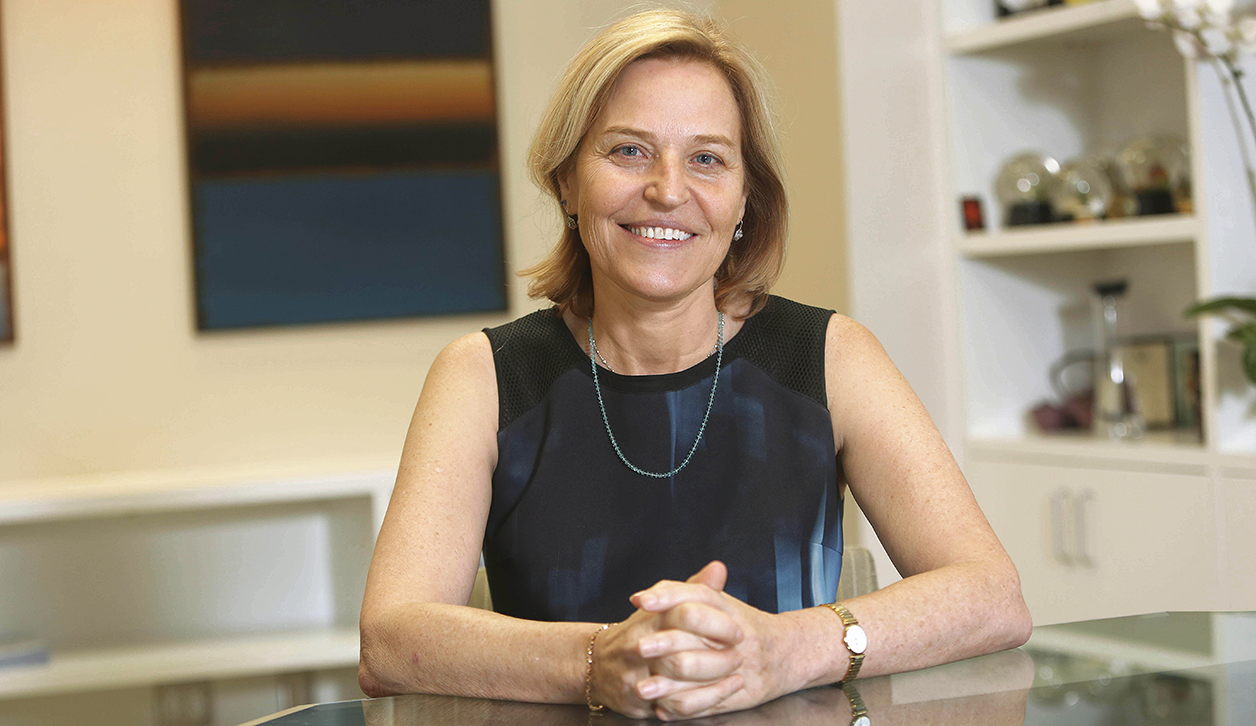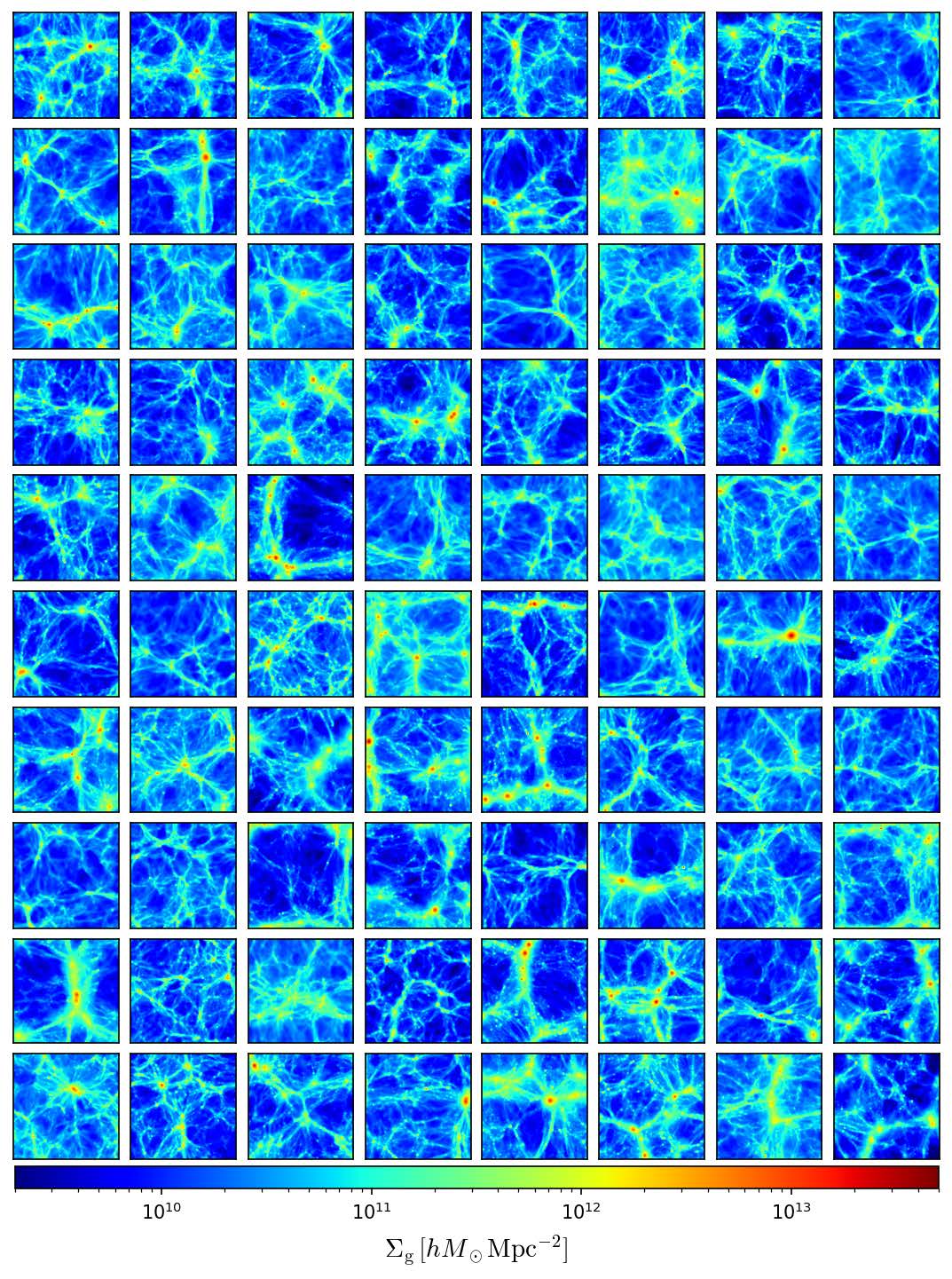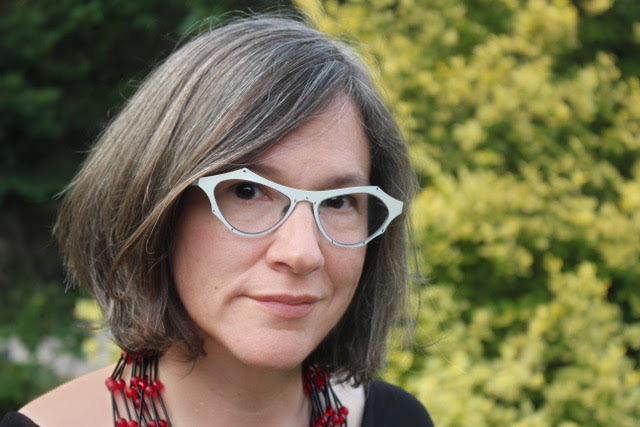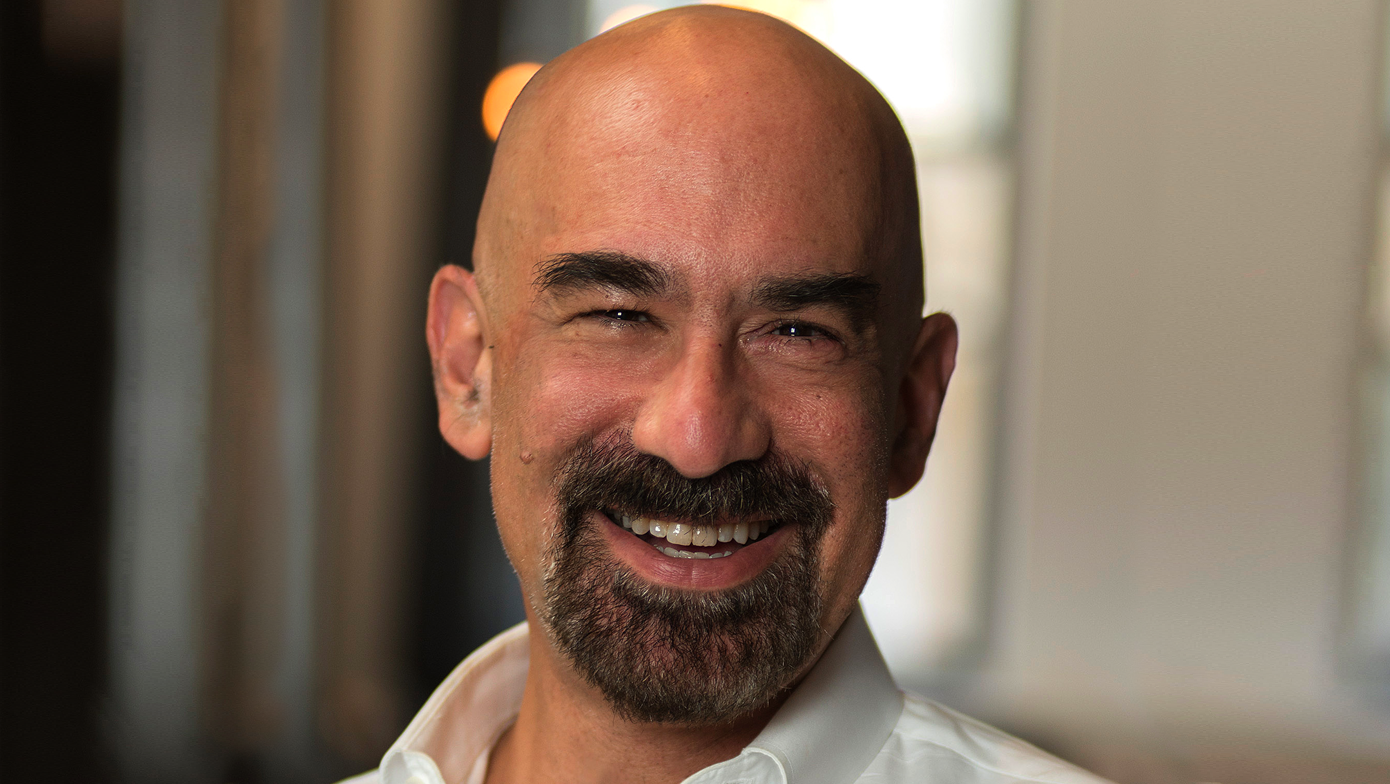
Astrophysicist Blakesley Burkhart Receives American Physical Society’s Maria Goeppert Mayer Award
Simons Foundation, October 2021The American Physical Society has named Blakesley Burkhart the winner of the 2022 Maria Goeppert Mayer Award, which recognizes and enhances outstanding achievement by a woman physicist in the early years of her career. Burkhart is an associate research scientist at the Flatiron Institute’s Center for Computational Astrophysics.

